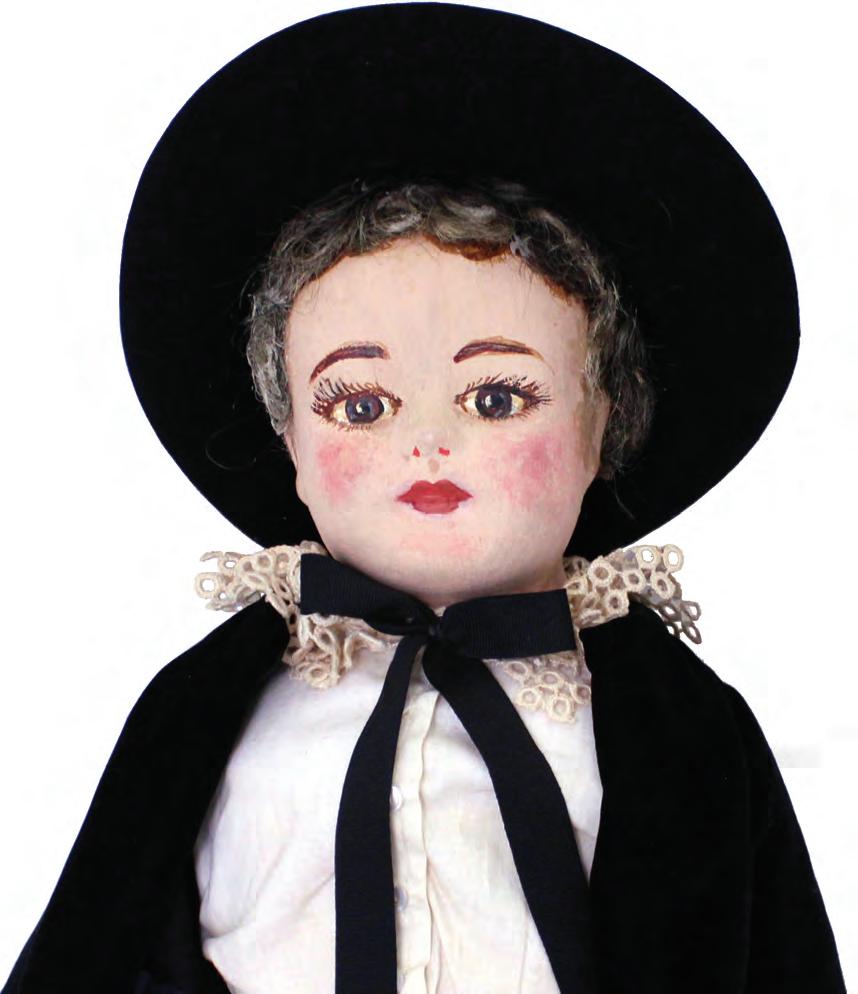
4 minute read
Roanoke never forgot Ella Smith and her “Alabama Indestructible Doll”
from July 2023 Baldwin
By Jim Plott
In a November 1922 newspaper advertisement, just in time for Christmas, the Montgomery Fair department store on Dexter Avenue in downtown Montgomery featured a range of Ella Smith dolls, all for sale priced from $1.25 to $2.75 each.
The dolls, marketed as the “Alabama Indestructible Doll” and made in Roanoke, Alabama, were very popular for decades at the turn of the century and beyond.
Fast forward to February 2022, when an episode of the popular PBS program “Antiques Roadshow” featured two of the dolls which were sold and marketed in their day as the “Alabama Indestructible Doll.” Although the dolls had minor clothing blemishes, they were given an appraised value of between $1,000 and $1,300. The owner, who’d inherited them from her mother whose aunts were the original owners, wasn’t a big fan of the dolls which she described as “terrifyingly hideous.”
Ella Smith might not appre ciate that assessment. Her story dates back to 1897, when Verna Pittman, a young neighbor in Ro anoke, presented her with a broken bisque doll in hopes she could repair it. After some unsuccessful attempts, Smith resorted to her own ingenuity by making a plaster of Paris mold for the head, overlaying it with material and painting the face. It marked the birth of an idea.
Over the next 35 years or so, Smith tirelessly crafted and sold the Alabama Indestructible Doll, constantly making im provements. She was awarded a total of 12 U.S. patents, although not all were related to the dolls. Her dolls earned awards at prestigious events such as the 1904 World’s Exhi bition in St. Louis and the Southeastern Fair in Atlanta.
Smith meticu lously used oilbased paints for the dolls’ facial features, hair, hands, feet and shoes, and human hair occasionally adorned the dolls. Depending on the year, size and style, doll prices ranged from $1 to $12.
In her catalog, Ella Smith proudly marketed her products as durable and washable “just like children.” She guaranteed “no cheap stuff” was used and they would withstand rough play from children.
“Dolls are to be played with and loved, in the midst of which little hands fumble, a doll is broken, and so is a little heart,” she was quoted as saying by Virginia Brannon Smith, who, as a child met Ella Smith.
Born in Troup County, Georgia, and reared in Langdale, Alabama, Smith received an art degree at LaGrange (G orgia) College. She moved to Roanoke in 1886 where she become an art teacher at Roanoke Normal School. There she married S.S. “Bud” Smith, a local carpenter. Although the Smiths never had any children, they adopted and reared a l and a nephew.
Initially manufacturing dolls om her house, as her business expanded she was able to hire employees and move into an adjacent building constructed r her by her husband. At the peak of the business, she and her employees were producing 8,000 handmade dolls a year including black dolls, which were rarely made at the time, particularly in the South. ese dolls are painted to represent all races of people. We mean to try to please all people as near as we can,” Smith said at the time.
In addition to doll making, Smith exp lo red other ventures, including painting, photography and inventions other than doll making.

The Randolph County newspaper, The Randolph Leader, described her as a woman of “opposites.”
“She was a tremendous woman … simple but touched with genius, great-hearted but bluntly plain spoken, generous to her own hurt, devoted to children, but often overly harsh. Sometimes it was easier to tell what she was not rather than what she was,” the newspaper wrote in 1957.
Unpredictable, perhaps, but what is certain is that Smith boldly dared to step into a man’s world years before women acquired the right to vote. At the same time, she often referred to herself as Mrs. S.S. Smith.
Tragedy struck unexpectedly. In 1922, during a return sales trip to New York City, two of her doll salesmen were killed in a train wreck. The family of one successfully sued Smith, nearly bankrupting her.
Consequently, she closed the factory, released her employees and resumed doll making in the house. She rarely ventured out and seldom engaged in going to the movies – once a favorite pastime.
While her dolls might have been indestructible, Ella Smith wasn’t. Ailing with diabetes and Bright’s disease, a kidney affliction, and what many say was a broken spirit, Smith died in 1932. She was buried in the local cemetery just blocks from her house.
In the 1990s, a series of postage stamps commemorating American dolls, including the Ella Smith Doll, prompted the city of Roanoke to honor one of its most famous citizens with doll shows and other events. Over time, even that annual ceremony waned.
Except for a welcome sign on the south entrance to the city proclaiming Roanoke as the home to the Ella Smith Doll, there is not much indication in the city of her or the dolls’ existence. The Doll Factory behind the house has become dilapidated and parts of it, concealed by thick brush, are falling in.
These days, most of the dolls are owned by private collectors. The Alabama Department of Archives and History has several Ella Smith dolls in storage and the Museum of East Alabama in Opelika has several of the dolls on display.
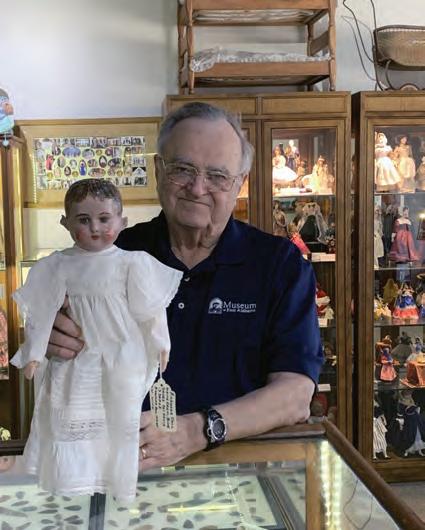
Her Main Street home still stands and is now a law office. Attorney John Tinney, however, felt it fitting to let several upstairs wall hooks, used by Smith in the doll-making process, remain in place. Locals, like Dorothy Tidwell, executive director of the Randolph County Chamber of Commerce, say they are still aware and proud of Smith’s accomplishments. There is an ongoing drive to rejuvenate the Randolph County Museum in the old post office and have an Ella Smith exhibit.
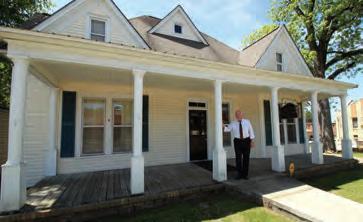
“We haven’t forgotten Ella Smith and her dolls,” Tidwell, also a museum board member, says.
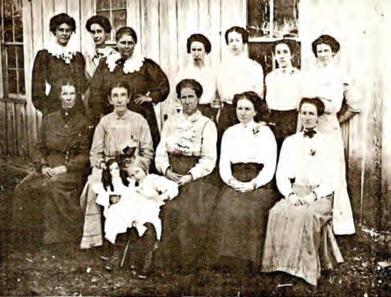
While Smith’s dolls these days are often viewed as “creepy” by newer generations who grew up with more life-like dolls, there is no disputing her contribution to the doll industry or her place in American life, according to appraiser Billye Harris, who owns Ashley Dolls and Antiques in Whitsett, North Carolina, and who was the appraiser on the “Antiques Roadshow” segment.
While Ella Smith dolls might have been valued at a higher price in the past, the doll market overall has seen a decline in values in recent years, Harris says.
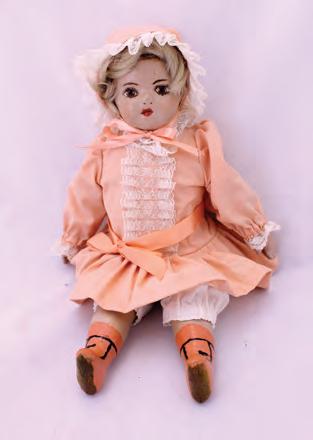
“I believe this is because of the birth of internet sales and antique dolls are more easily found. The majority of antiques in general have seen a decrease in value over recent years, but I feel that is about to make a slow but sure turnaround.”
She’s a fan of the unique dolls made in Alabama. “Ella Smith and her dolls are an important part of doll history,” Harris said. “Her dolls represent how a woman in times that most women did not work outside the home was able to engineer, create and market her dolls.”


